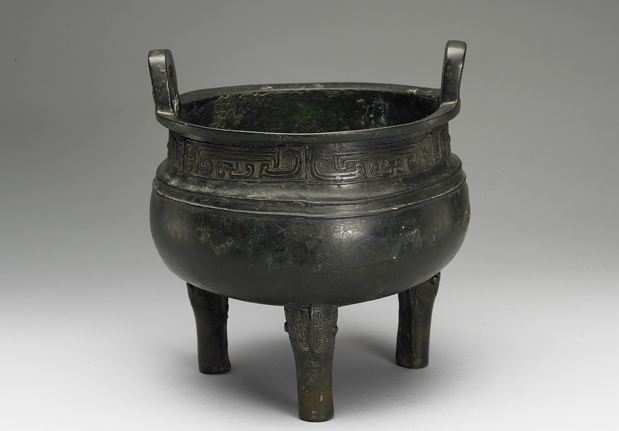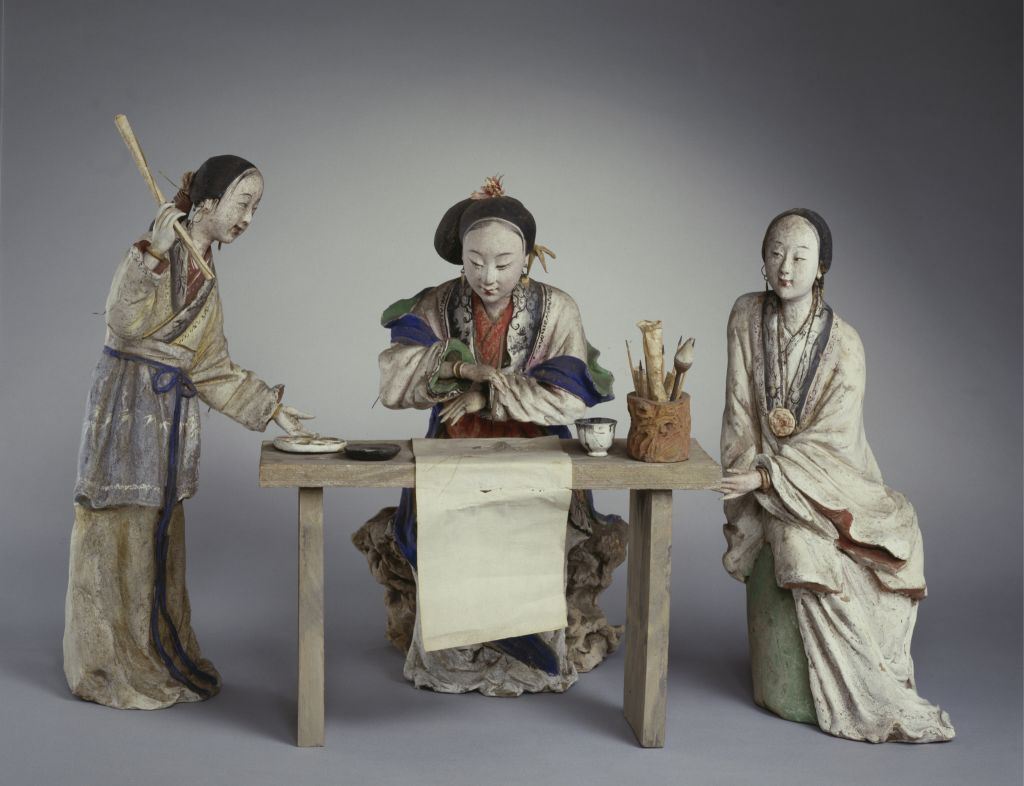[Longquan Kiln Clear Glaze Bottle]
Longquan Kiln Clear Glaze Bottle, yuan, 48.2 cm high, 7.3 cm caliber. The old collection of the Qing Palace
The clean bottle has a straight mouth, long neck, full shoulders, gradually converging below the shoulder, slightly skimming near the foot, and circling the foot. The lower part of the neck has a wheel-shaped edge. The inside and outside are painted with powder cyan glaze, and the glaze is even and clean
This kind of utensil, commonly known as the net bottle, is actually a kind of “military holding”. “Junchi” is Sanskrit “kundik ā”、 The transliteration of “kundi” in Hindustan language, also known as “Junchi”, “Junchi”, “Junchi” and “Jizhijia”, means “bottle” and “water bottle”. It was originally a daily life appliance of the Indian nation, and was later given religious meaning by Buddhists. It was used to store water for drinking, cleaning hands or gargling after meals when traveling around. Military holding can be roughly divided into two types: two-port and single-port, with ceramic and metal textures. From the Five Dynasties to the Qing Dynasty, porcelain single-mouth military arms were fired. Its basic characteristics are small mouth, long neck, full shoulder, gradually converging from shoulder to shoulder, round foot, and a wheel-shaped edge at the neck
The blue-glazed clear bottle fired in Longquan Kiln in Zhejiang Province in the Yuan Dynasty is often called “lucky bottle” because it looks like a “lucky” character. A lot of blue-glazed clean bottles were found in Longquan Kiln of the Yuan Dynasty, but it is rare to find such a large and beautiful bottle
![图片[1]-Longquan Kiln Clear Glazed Bottle-China Archive](https://chinaarchive.net/Yuan dynasty/ceramics/57167.jpg)





